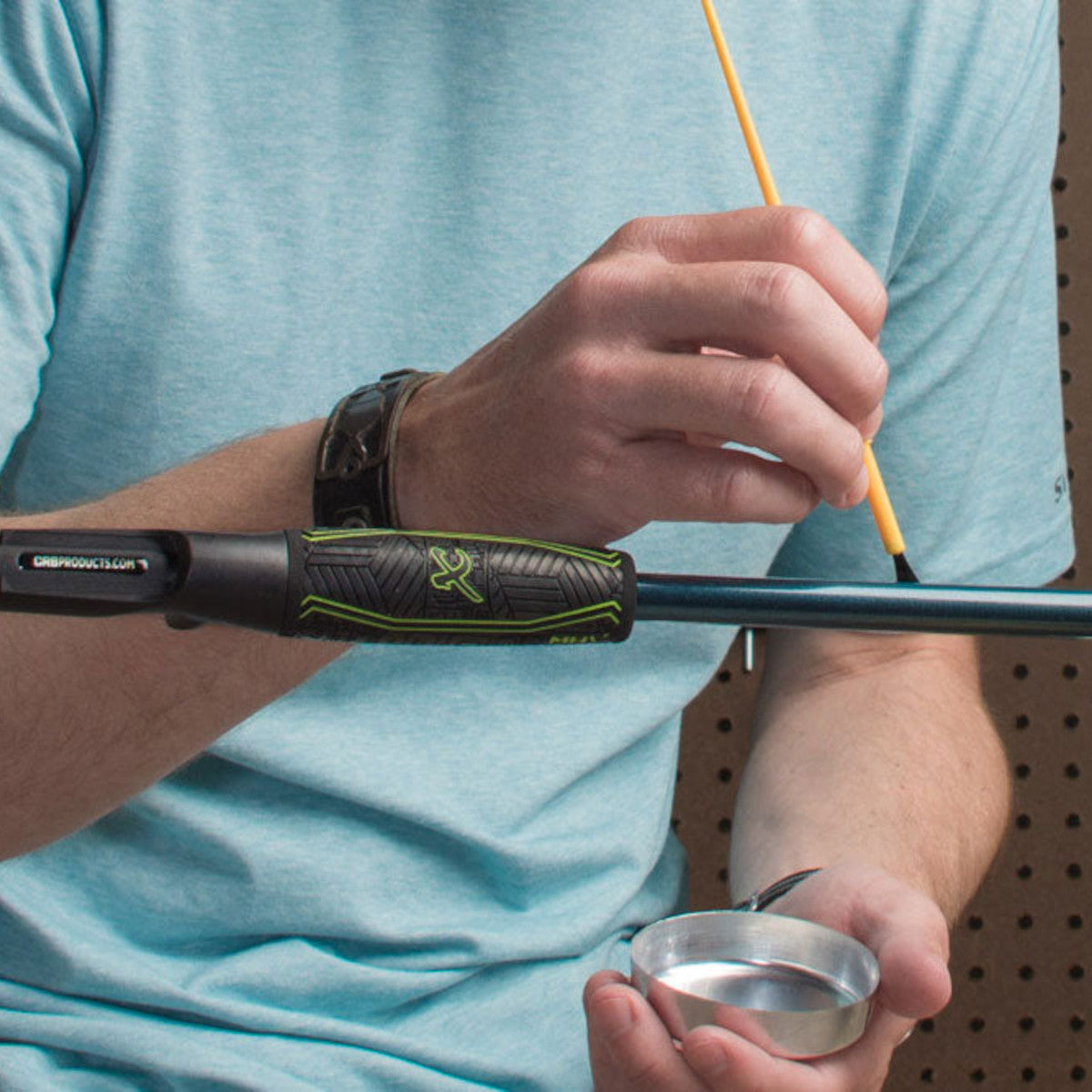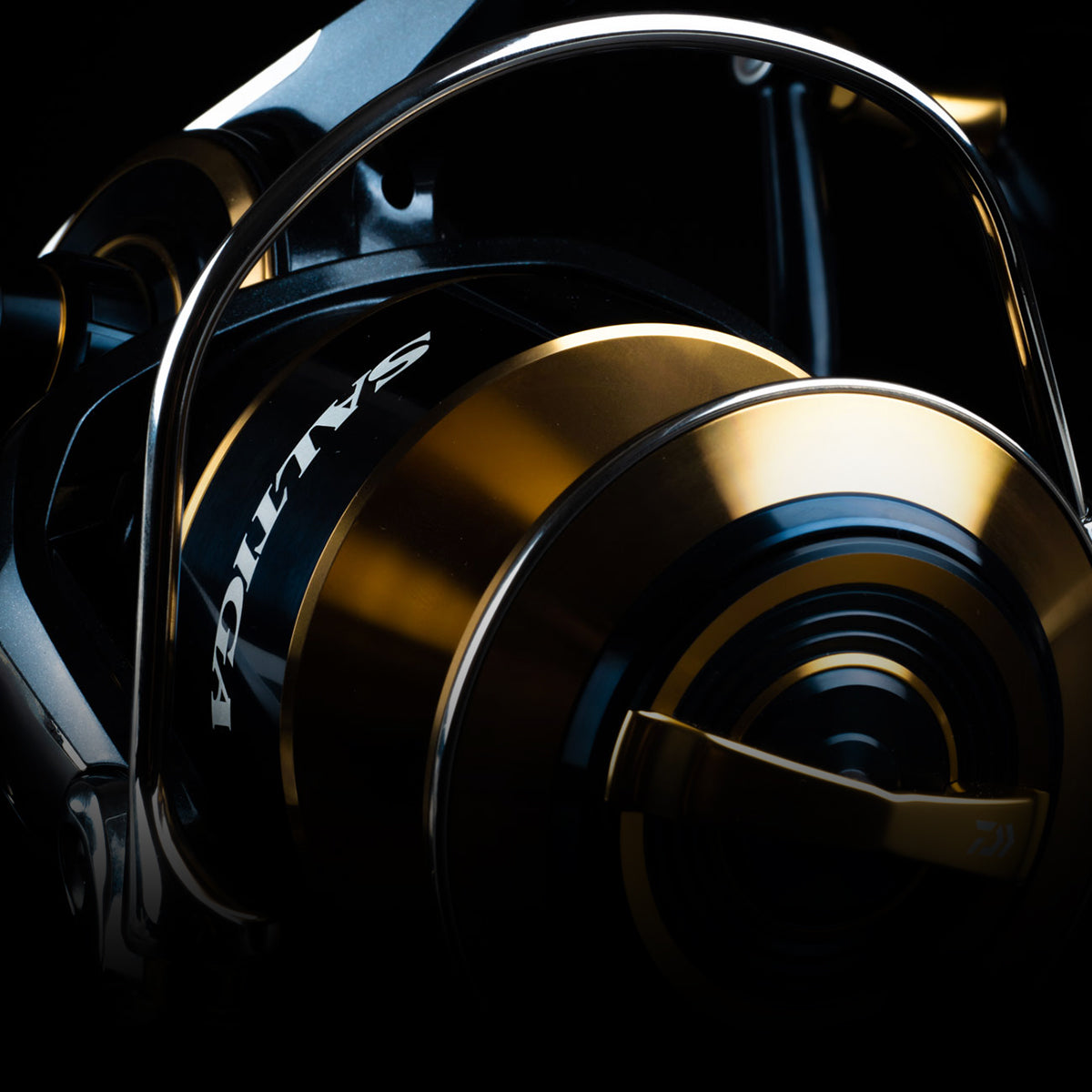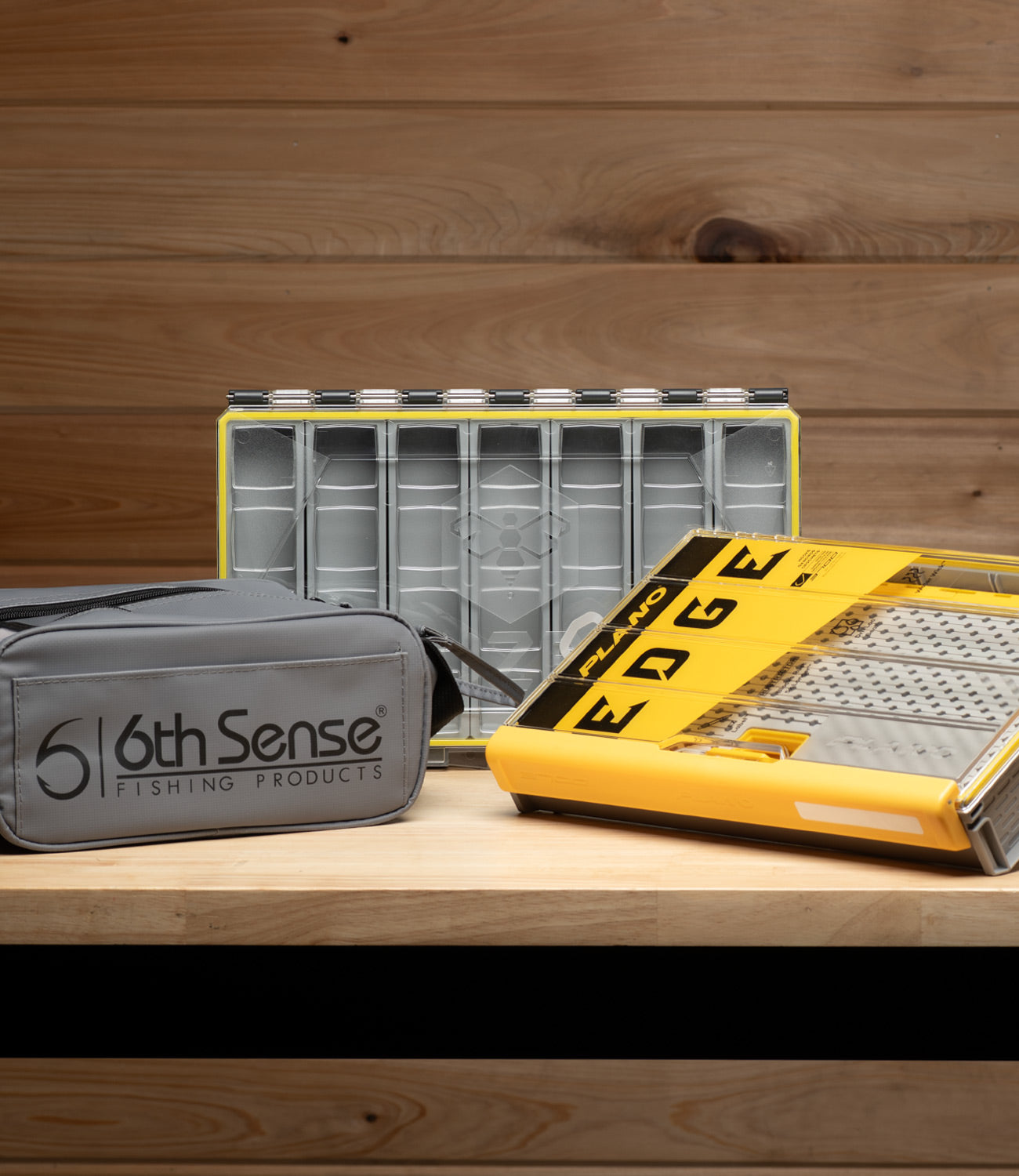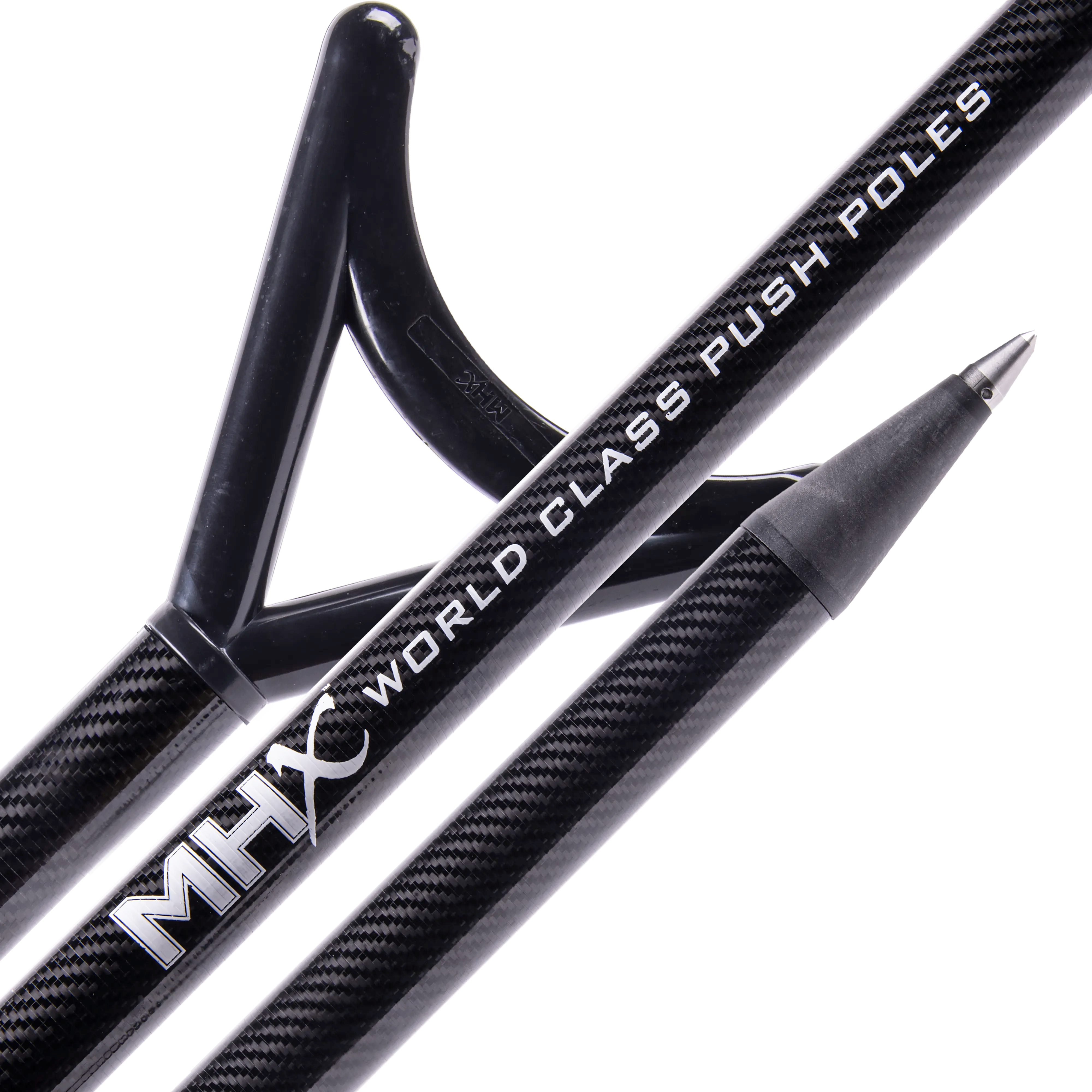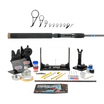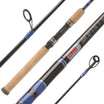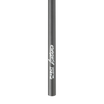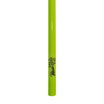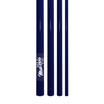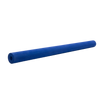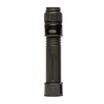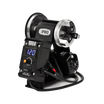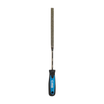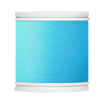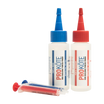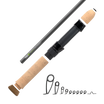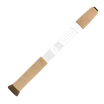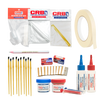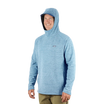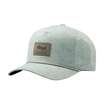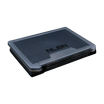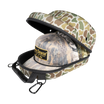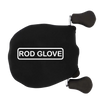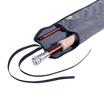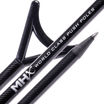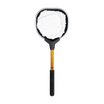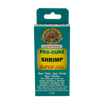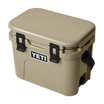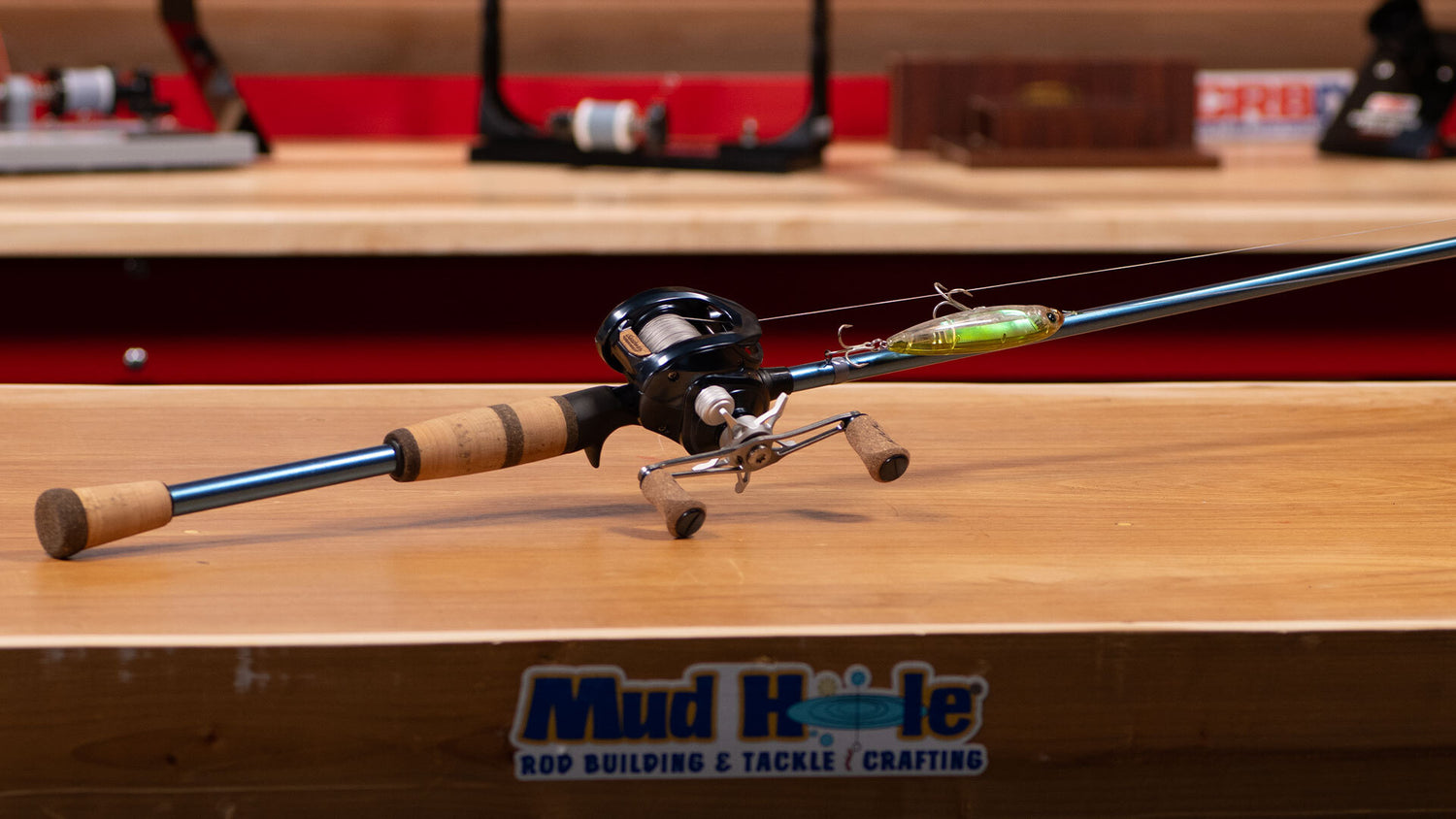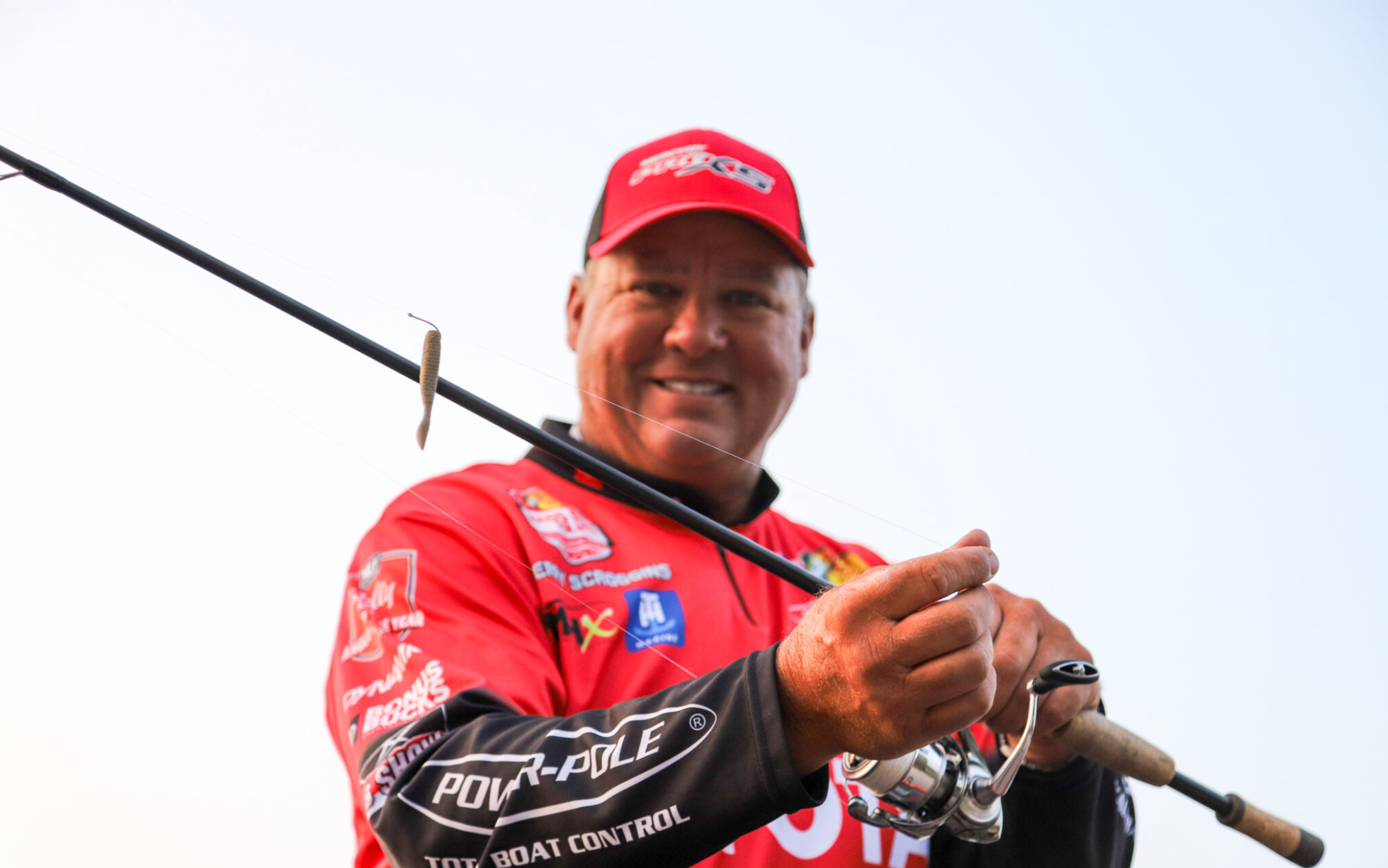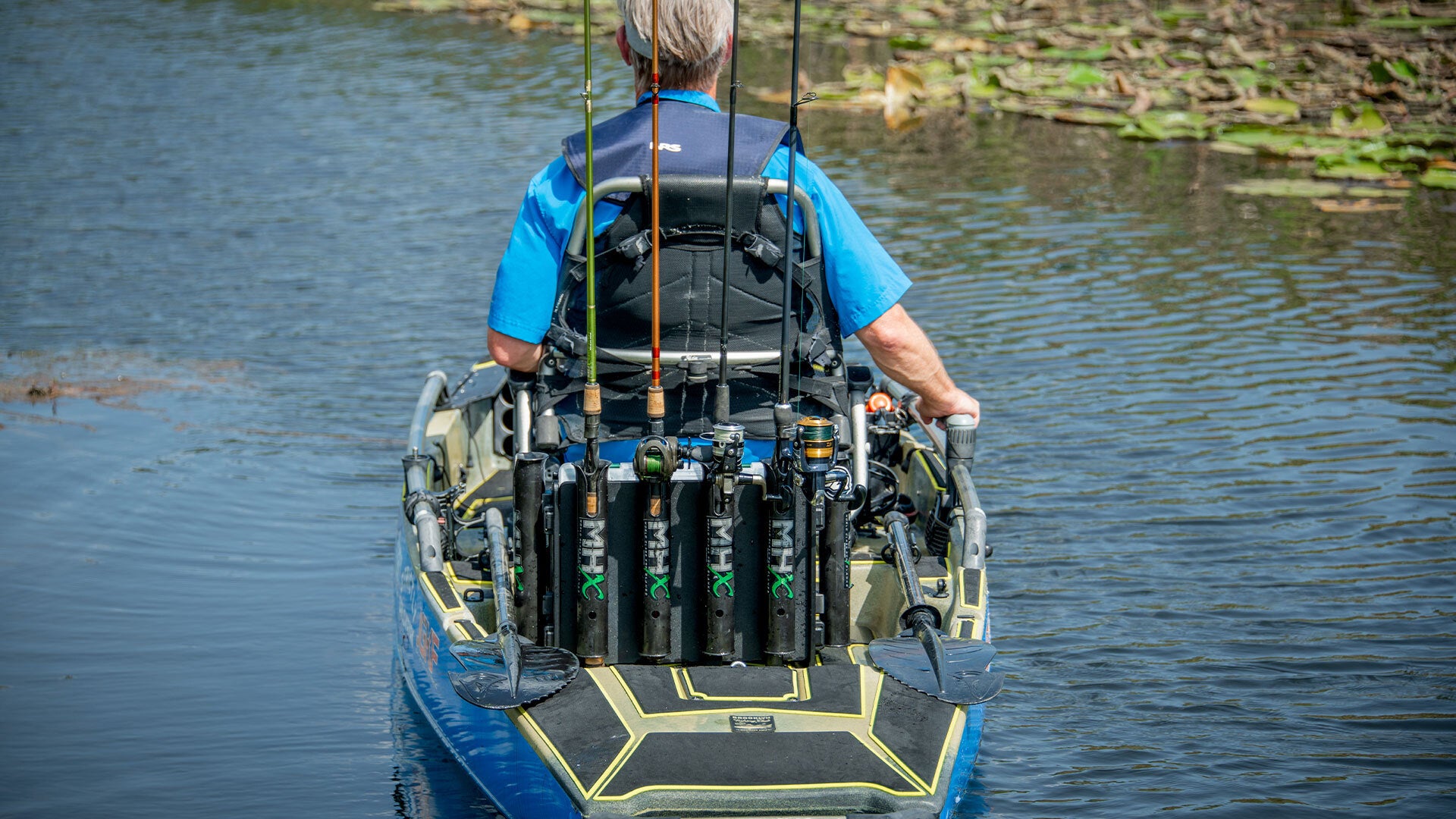Build the finest inshore casting rod —the MB843-MHX is the benchmark that all other fishing rod blanks are measured. It is incredibly light, balanced with superior sensitivity and unmatched strength.
How to Build the Ultimate Inshore Casting Rod
The MHX Mag Taper series features rod blanks with powerful mid and butt strength combined with a fast, responsive tip flex. This lineup includes a uniquely designed Toray 12K Intermediate modulus Fiber of 42-47 million modulus with 853 ksi and an Ultra Resin System.
Although primarily listed as freshwater rod blanks, they also serve as excellent crossover models for light to mid-range saltwater applications like inshore and nearshore fishing. Durable, lightweight, and highly sensitive, this series is aptly described as the Work Horse Series.
Now let’s start building one of the most popular bass models into an Ultimate Inshore Casting Rod—THE MB843-MHX!
The Ingredients: MB843-MHX Casting Rod
- Blank- MB843-LBU-MHX
- Rear Grip - FSG387-C2T
- Fighting Butt - CFB-2
- Butt Cap - CBC-2
- Reel Seat - ECSM-125-BC
- Winding Check - TWC16-12.5
- Hook Keeper - RSPGB-6
- First Stripping Guide - T2KWSG-8S
- Second Stripping Guide - T2KWSG-6S
- Running Guides - RSPGB-7
- Tip Top - T2KGST-6-5.5
- Thread - CFS-B-822
1. Start with the MHX Rod Blank
You may recognize the popular MB843. We have built this rod blank into some of the top performers across largemouth, smallmouth, walleye and even inshore spinning and casting rods. The Mag Taper MB843-MHX is already well established for their versatility and as a favorite across for rod builders across the globe. So, it is only natural to use the MB843 as the base for the ultimate inshore rod build.

What makes this the Ultimate Inshore Build?
2. Choose your Grips
With so many option today in rod building, I still have a soft spot for cork. I like the feel and I like the traditional look, especially on a saltwater rod. In addition, this reel I chose for this build has composite cork knobs on the handle, which naturally I had to match.

I chose the classic FSG387-C2T shape. There have been countless casting rod builds that feature this particular grip, and for good reason. With a proper length and ergonomic feel, this grip is made in almost all grip materials from Carbon to Winn and EVA to Cork.
Above you can see I chose the two tone version as it looks great along with the Bates Reel handle and the composite cork on this grip actually guards against wear and chips in the natural cork.
When it comes to the fighting butt there are also many options. Yes, there are multiple materials to choose from but there are also many options just within the cork fighting butt family. I recommend to pay attention to your blank's butt diameter when choosing your fighting butt. Reason being, you will be reaming almost all of them at one point or another, especially when using cork.

The two fight butt options are one-piece and two-piece. If you are building on a thinner blank, like a fly blank or spinning series, you can get away with a one-piece fighting butt with ease. In contrast, if you are building with a larger mag-taper style blank I suggest a two-piece fighting butt, so you are able to use the extreme reamers for a more exact fit. Once it is reamed and properly placed, you are able to glue the butt cap in place. Of course I used the composite cap. It matches and keeps your natural cork looking nice!
3. Mount your Reel Seat
As many of your know I am transparent about what I like and the parts I build with. Again, this build features a Fuji Exposed ECSM Casting Reels Seat. It fits my hand, allows for blank contact and I trust it to never let me down when I hook that fish of a lifetime.

Keep in mind with this seat, it is fitted to the blank. You will notice when selecting the size you will see sizes like 12, 12.5, 13..etc. Those are representing the inside diameter in millimeters.
If you do not have the blank on hand where you are able to measure it yourself, we have a chart of all MHX rod blanks that provides outer diameter measurements at various distances from the butt of the rod blank. You are able to use this chart to select grip sizes, winding checks and proper reel seats. As always, if you have additional questions, our customer service team is standing by to help ensure you get the right parts the first time.
4. Fore Grip or Not to Fore Grip.
On my bass rods and light inshore rods you will rarely if ever find a fore grip on my builds. When I build a spinning rod I opt for the Fuji VSS with a threaded hood cover but that is as close to a fore grip as you will find.

My choice is the simple Tapered Rubber Winding Check for 16mm Reel Seats or the TWC-16 for short. Just as we choose the exposed reel seat with a specific inside diameter the TWC is the same. So, I reccommend matching the inner diameter of the TWC to the Inner diameter of the seat. It is simple and easy to follow.
5. The Unique Guide Train
You can't call a rod build "the ultimate" without going the extra mile on your guide set. Knowing this rod will live in the saltwater I chose to use titanium components. As I have mentioned before, it is always preferred to have the reel in hand and spooled with line so you can chose the proper height for your stripper guide. In addition, the reel and line is needed to perform static deflection for your guide spacing.

After the stripper guides I chose to run single footed REC Recoil guides in the black pearl finish. If you are not familiar with the Recoils, they are a nickel titanium alloy which provides extreme corrosion resistance and allows the guide to bounce back or Recoil if the guide is smashed down.


5. Top it All Off
Last but not least you might be wondering if I went with a REC Recoil tip top or one to match the Fuji stripper guides. Well, in my opinion the Fuji titanium SiC tip top is one of the best ever made. It is light, durable and protects any of the popular super lines from hard running saltwater fish.

One last thing. Since this rod will be put to the test in the sweltering South Florida heat, I use the CRB Tip Top adhesive. In addition, I add 5-7 thread wraps below the tube and add rod finish on the threads and up on to the tube for added security.
Watch The Rod Recipe Video
Additional notes on the reel I am fishing. It is a Bates Salty 150. I chose this reel as it is fully CNC Machined Aluminum, stainless steel & titanium drag assembly with a water tight seal and other high end features not found on your typical casting reel. This is why it is my pick to throw topwater lures for Snook, Redfish and Spotted Seatrout on my Ultimate MB843 by MHX.


